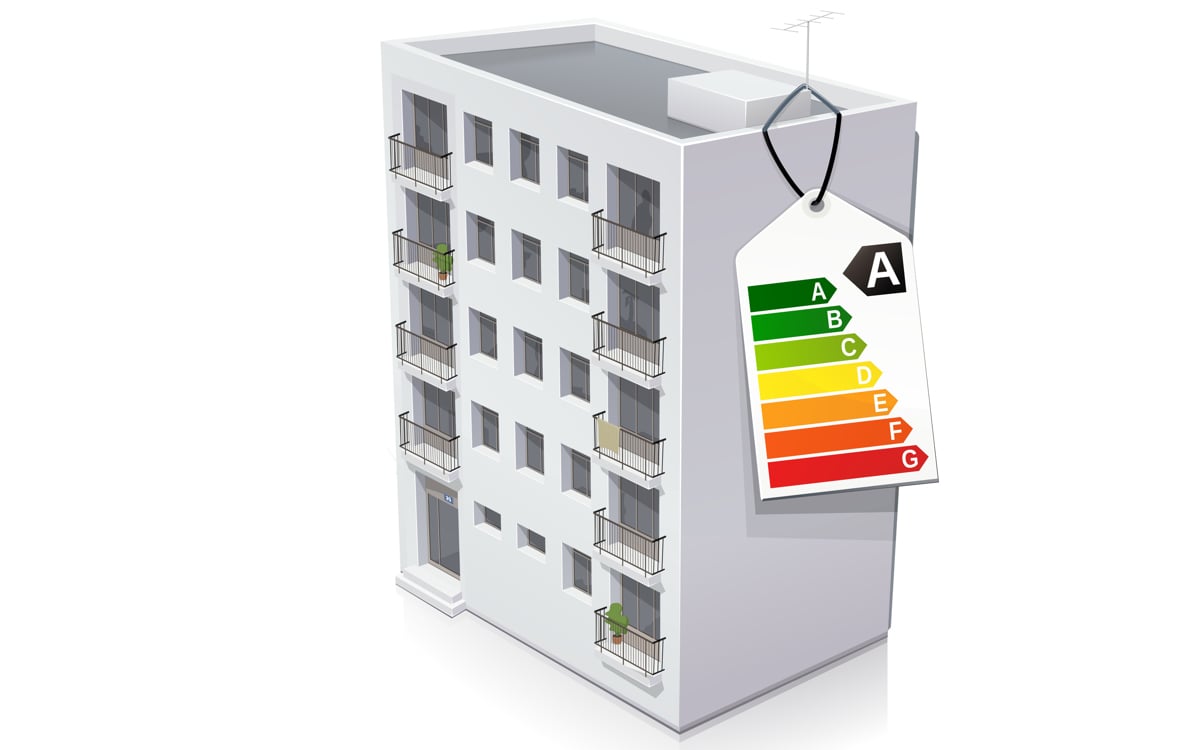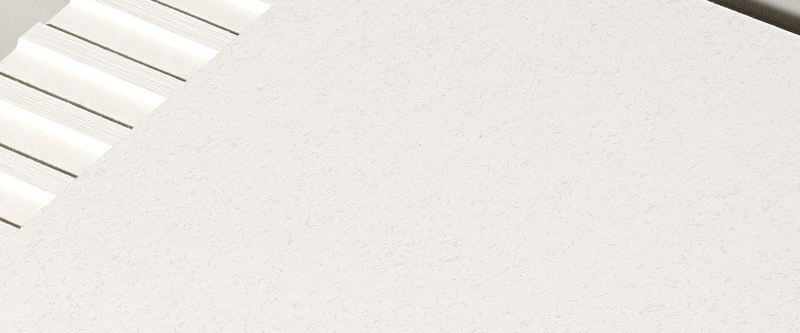
Why is an EPD powerful when choosing a material in your facade design?
More than ever, environmental impacts are a worldwide concern. It doesn’t limit to specific sectors as oil extraction or car manufacturer. The building market has a great role to play in this transition to a more sustainable world. You, as architects and specifiers have a great role to assume by being sure that your projects will generate fewer negative impacts on the environment. It is your responsibility to make energy efficient buildings. EQUITONE always recommends specifiers ask for EPDs when selecting materials.

What is an EPD?
EPD stands for Environmental Product Declaration. This document gathers transparent and comparable data and information on the life-cycle environmental impact of the products. The data mentioned in the EPD are collected through a life cycle assessment (LCA) whom analysis using standardised metrics creates a knowledge base and awareness of impacts generated by the products throughout its life cycle. The Environmental Product Declaration is verified and registered by a third party in total transparency and independence. Having an EPD for a manufacturer’s product does not necessarily mean that the declared product is more environmental-friendly than the alternatives. It’s worth comparing EPDs of different manufacturers.
Proving your sustainability credentials
LEAD, BREEAM and WELL are just some of the environmental and sustainability standards you can apply for to certify your designs. An EPD for the materials you have specified and used can be used as evidence when applying for sustainability credentials. Manufacturers, such as EQUITONE are pleased to be ask for, and supply EPDs for their materials. We are proud and confident in the materials we make and the buildings they are used to create.

Why EPDs are important to EQUITONE
The EPD is a strong basis for manufacturers like EQUITONE to know how “green” and “environmental-friendly” its products are. EPDs help manufacturers to identify opportunities of improvement (product design, raw materials used, production process...). In turn, the manufacturer can further aim to reach its environmental credentials and be sure to follow its sustainability roadmap. EPDs imply not only environmental opportunities, but also social and economics. The manufacturer can find out that some wastage reductions are possible or that it is able to decrease the resources used in the product design. Etex, manufacturer of EQUITONE , has an International EPD® System, it is a global programme for environmental declarations based on ISO 14025 and EN 15804. This online database currently contains more than 1100 EPDs for a wide range of product categories by organisations in 48 countries

